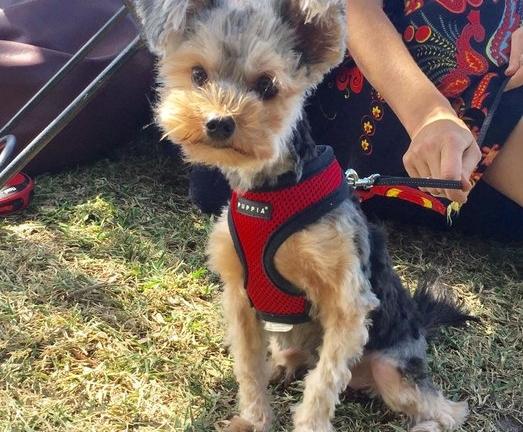December 26, 2019

How to Travel with an Anxious Pet
It’s holiday time and you may be thinking about going on a trip and bringing your pet along. New research by Elanco has revealed that men (51% vs 44% of women) and younger people are more likely to travel with their ‘furry family member’, with sixty per cent (60%) of Gen Z dog owners taking their dog on holiday once a year or more. However, what happens when you are travelling with an anxious pet?
Although holidays are fun for us humans, it can make our furry mates a little nervous. To help you make it an enjoyable experience for everyone in the family, we got in touch with Dr. Claude Stanislaus from Elanco Australasia to discuss how to travel with an anxious pet.
- Talk to your vet
It’s always best to consult an expert before planning a getaway. Your vet may even suggest not to take your pet on holiday in case of certain chronic health conditions. He/she may also recommend some medications to help your pet deal with motion sickness or stress and make sure that our four-pawed friend is all set with vaccinations. You should also ask about protection against the parasites you may encounter at the destination.
- Do your research
Pet-friendly accommodation in Australia is on the rise, yet there are some things you should know before heading to your destination. Make sure your pet is microchipped and the information on the microchip registry is correct and up to date. Naturally, you should also ensure your mate cannot escape the facility.
It’s crucial to be prepared about other guests at your destination and consider how your pet may react. This is especially important in the case of young children, as well as other animals around your accommodation.
Dr. Claude also advises that you should know the details of one or two vet clinics around your holiday location so that your pet can be properly taken care of in case of sickness.
- Make your pet’s journey enjoyable
“Keep the journey short and the duration of the holiday short as well”, recommends Dr. Claude, especially if it’s the first time your pet comes on a trip. Taking frequent and long breaks during the journey is also essential. However, NEVER EVER leave your furry mate alone in a car, as heat strokes can take a couple of minutes to hit them. On the same line, pack plenty of water. As explained by Dr. Claude, “dogs and cats don’t sweat like humans and they cool down mainly by breathing/ panting”, so always travel in a cool and air-conditioned vehicle.
If driving with cats, always keep them in their cage and ensure this cannot move around in the car. Dr. Claude also stresses that “dogs traveling in cars should always wear a seatbelt, just like humans”, so have your dog wear a harness to be attached to the seatbelt. Never let your dog stick out his head from the window, as it is very unsafe.
A last, very important tip for travelling with a pet is to make sure your mate feels at home by packing all the essentials to keep a normal routine while on holiday. This includes your pet’s favourite toys, treats, and their usual bedding and food.
Author Bio